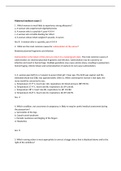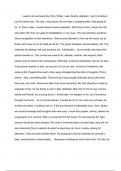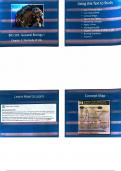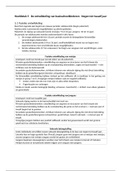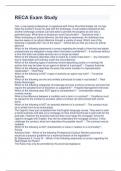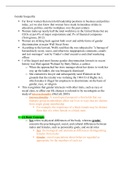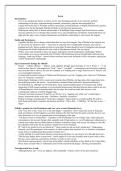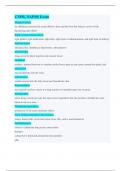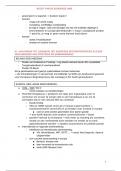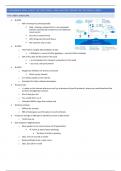Tentamen (uitwerkingen)
Maternal Exam 2
- Vak
- Instelling
1 . Which woman is most likely to experience strong afterpains? a. A woman who experienced oligohydramnios b. A woman who is a gravida 4, para 4-0-0-4 c. A woman who is bottle-feeding her infant d. A woman whose infant weighed 5 pounds, 3 ounces Ans B . A woman who is a gravida, para 4-0-0-4 ...
[Meer zien]
